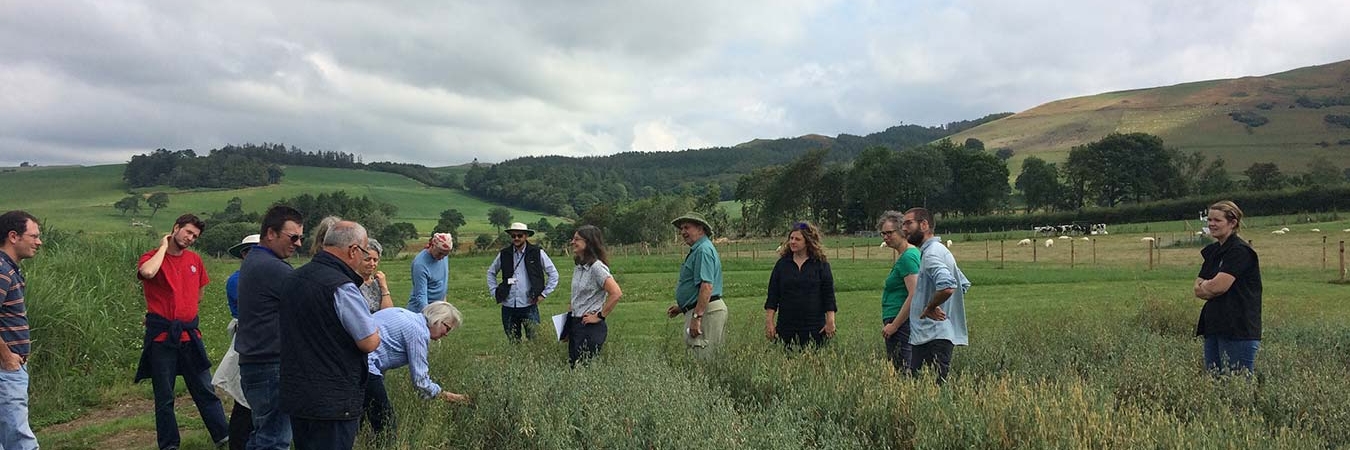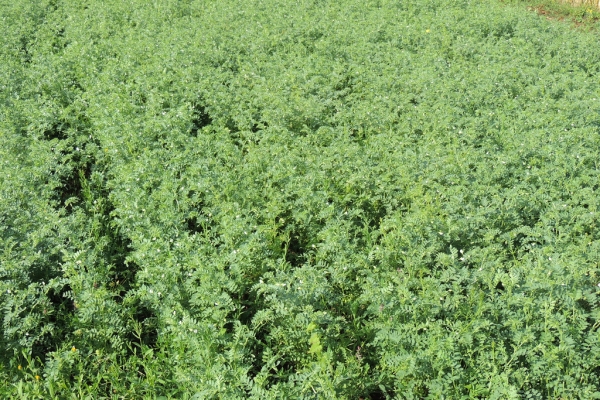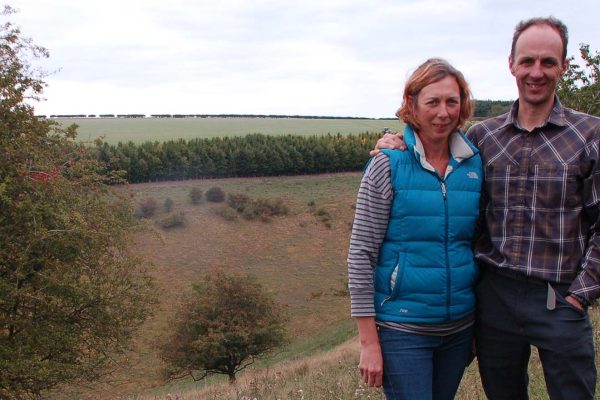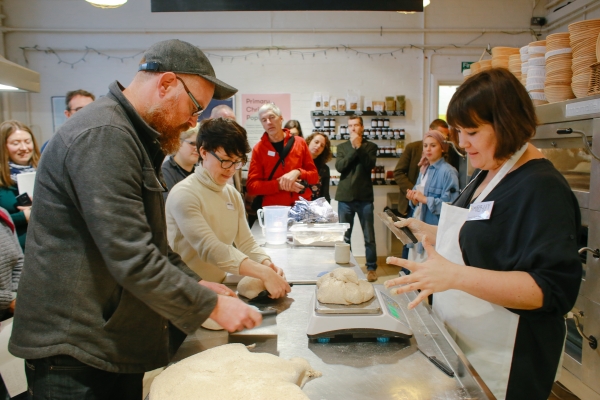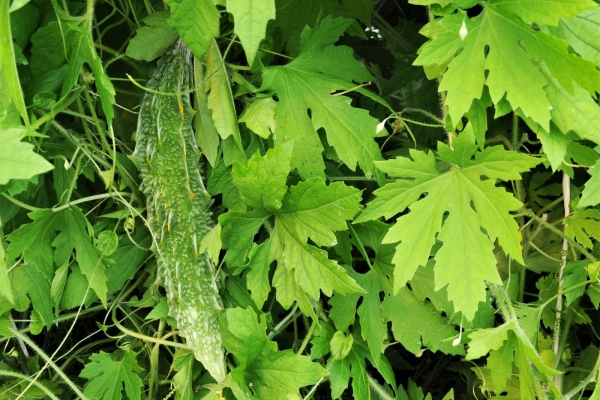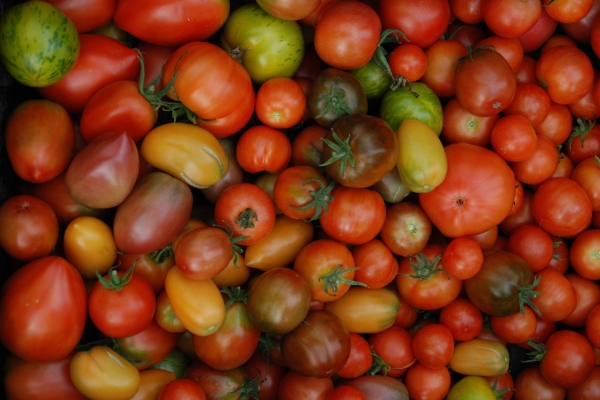Organic Ancient Cereal Supply-chain
Investigating the potential for cultivating heritage and ancient wheat in Southwest Wales
Resource explained
This is the final report for the EIP Ancient Cereals project; produced by the Welsh Grain Forum, an Operational Group of the European Innovation Partnership (EIP) Wales. The premise of the project was that ancient or heritage wheats may be more suitable for organic and low-input production and better adapted to marginal environments than ‘modern’ high-yielding varieties. The project investigated the agronomy of ancient and heritage wheat grown in Pembrokeshire, embedding the research within commercial farms and helping to understand key issues for farmers seeking to carry out crop system diversification. Trials across four farms in spring 2019 compared the agronomy of an ancient and heritage wheat with a modern variety, focusing on management factors such as varying seed rates and undersowing, decided through the farmer-led research approach. Further trials were carried out in autumn 2020 on three farms, and again in spring 2021: looking at ancient, heritage and modern wheat as well as intercropping wheats with field beans.
Findings & recommendations
The trials revealed that:
- Ancient and heritage wheats are good alternatives to modern varieties, especially under organic and low-input husbandry and can be successfully cultivated in Pembrokeshire, with management adjustments made to accommodate differences to modern varieties. (In many cases they yielded equivalently, with higher protein contents than the modern variety Mulika).
- Lower seed rates are possible but at the risk of higher weed populations.
- Intercropping with beans reduced weed cover without affecting yield or quality.
- The taller heritage and ancient wheats were found to be at a higher risk of lodging (especially in non-organic situations); this risk can be reduced by lower plant populations.
- Mulika had the best resistance to foliar diseases, with the heritage wheats often showing high levels of yellow rust. Einkorn, however, showed good resistance generally.
- Although Mulika performed best in baking trials for quality and taste, heritage wheat Rivet ranked second, with a blend of all wheats coming third.
- It is recommended to trial heritage and ancient wheats on-farm and to test grain for its end use suitability and quality to ensure local supply chain success. There is a need for local infrastructure to support diversification; ancient wheats need a small-scale de-huller.
- Seed supply is a key issue and may be of low quality if being swapped by farmers. Many crop genotypes are available and accessible in gene banks although initial seed supply is low, requiring multiplication over several years.
